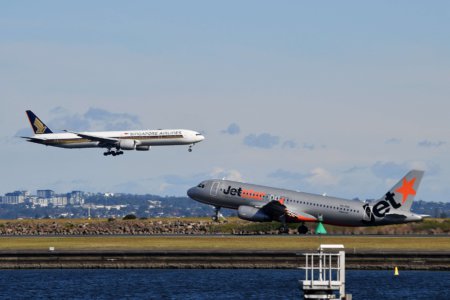
Can international students expect Australian student visa reforms on the horizon, and to play a bigger role in Australia’s skilled migration?
The International Education Association of Australia (IEAA) has submitted a policy paper to the government that proposed any international student who undertakes an additional professional year in skills shortage areas should be given double the migration points to permanent residency.
The PIE News said that Australia is considering doubling the migration points for professional year programmes and extending post-study work rights for offshore studies in flexible new study visa options. Government ministers are reportedly “genuinely open” to visa reforms and it is expected changes will be put in place before the start of the new year.
Speaking at The PIE Live, IEAA CEO Phil Honeywood said the proposals would entitle offshore students to post-study work rights. This will enable them to come to Australia and get their post-study work right based on their entire study abroad without any face-to-face learning.
Other proposals include doubling the migration points for the completion of a professional year programme in Australia from five to 10.
Studies In Australia note that professional year programmes are structured professional development programmes combining formal learning and workplace experience for international students who have graduated from a university in Australia.
They last 12 months and are currently available in the fields of accounting, computer science and engineering — Australian industries where the demand for skilled graduates is high. Honeywood was quoted saying that these programmes are “very popular” among international graduates.
“All of this plays into a skilled migration push, which is now happening in Australia as we’re waking up to the fact that we desperately need vibrant, resilient young people with skills that many Australian domestic students don’t have,” he said.
The proposed policy reforms aim to incentivise students to come to Australia.

Some argue that international students should be given a clearer pathway to Australia’s skilled migration, and reforms to the Australian student visa could achieve that. Source: William West/AFP
Can Australian student visa reforms support Australia’s skilled migration?
Calls for the country to have a clearer pathway into Australia’s skilled migration is nothing new. In August, the Joint Standing Committee on Migration outlined several recommendations in its report into Australia’s skilled migration programme. Proponents argue that encouragement should be given to the brightest international students to remain in Australia to address persistent skill shortages.
AVETRA, an independent association for research in vocational education and training, notes that many international students use international education as a pathway for permanent migration, hoping their qualifications will lead to a professional job in Australia.
Australia’s 2021 Intergenerational Report (IGR) forecasts net overseas migration (NOM) to reach 235,000 people per year by 2024-25 and is assumed to stay at this level until the end of the projection period. NOM is the net gain or loss of population through immigration to Australia and emigration from Australia.
Speaking at AVETRA’s webinar “The relationship between migration to Australia and international education – history and future directions” on Wednesday, Dr Abul Rizvi, an immigration expert, said it is unlikely for the government to deliver its target of 235,000 net migration without a significant increase in student visas.
He said student visa policy settings post September 2019 saw “significantly” reduced offshore student visas from countries such as India, China and Nepal. Dr Rizvi — a former deputy secretary of the Commonwealth Immigration Department — added that Australian Education Minister Alan Tudge wants more students to study offshore and or online. “If that’s the case, then the student contribution to the net overseas migration forecast will be difficult to deliver,” said Dr Rizvi.
“The Joint Standing Committee on Migration also wants a greater focus on high performing students to feed into skilled migration,” he said. The changes the government is making, however, is making the Australian student visa and its characteristics “much more akin to a low skill work visa compared to our competitors”, adding that that has long term implications for the student contribution to migration in Australia.











